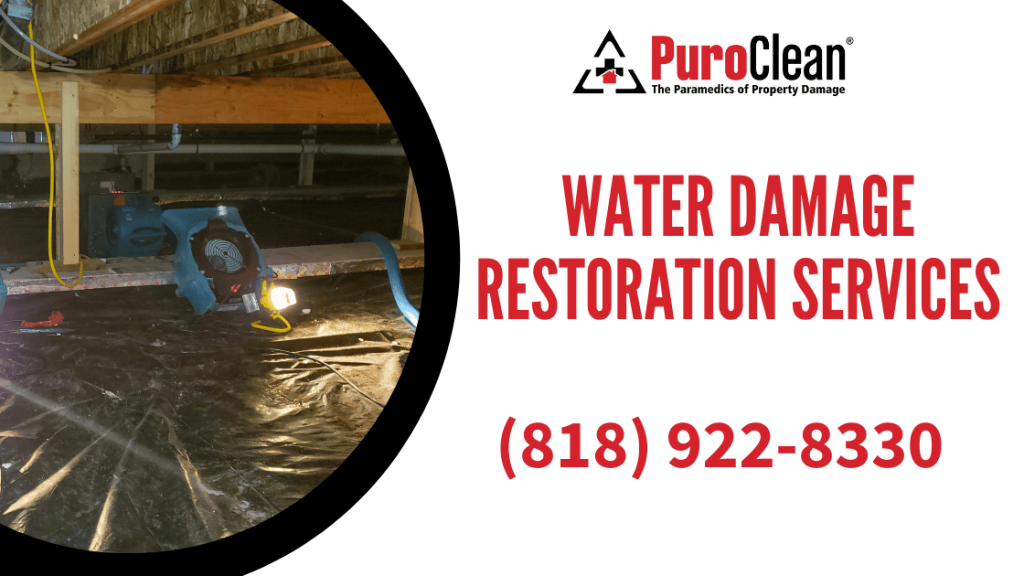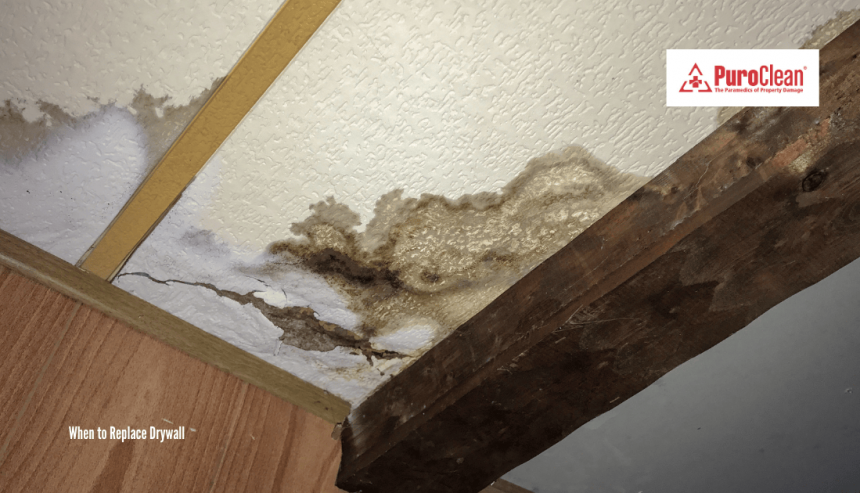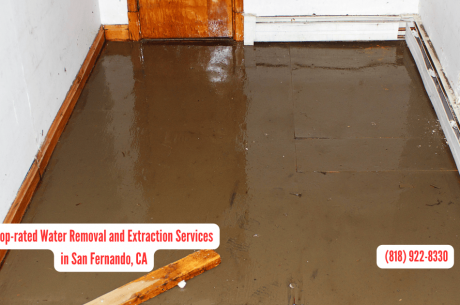Table of Contents
Drywall is an essential part of your home structure, but like any building material, it can become damaged over time due to numerous factors like water, Mold, or physical impact. While minor drywall damage such as small holes or scuffs can be repaired, there are situations where replacing drywall is the best, and often the only, option. So, when should you replace drywall?
Here are the key signs that indicate when to replace drywall.
1. Water Damage
Water is one of the biggest threats to drywall. Whether caused by a leaky roof, burst pipe, or flooding, drywall that has been exposed to significant moisture often cannot be repaired. Signs that your drywall has suffered water damage include:
Discoloration: It is a clear sign of water intrusion if you notice yellow or brown stains on your walls.
Swelling or Warping: Waterlogged drywall will swell, warp, or bubble, causing the surface to become uneven.
Softness: If the drywall feels soft or spongy when pressed, it has absorbed too much water and lost its structural integrity.
Water-damaged drywall can become a breeding ground for Mold, which poses serious health risks. To avoid this, it is important to replace any drywall that has been heavily affected by moisture.

2. Mold Infestation
Mold can grow in damp conditions, and drywall provides the perfect environment for it to spread. It is a sign of a more serious underlying issue if you notice black, green, or grey Mold spots on your walls. While minor Mold problems can sometimes be cleaned, Mold-infested drywall should be replaced in most cases. This ensures that the Mold is removed and prevents it from spreading to other areas of your home.
Mold on drywall is not only unsightly but can also cause allergic reactions, respiratory issues, and other health problems. If you suspect Mold on your drywall, it is best to act quickly to avoid further damage and health risks.
3. Physical Damage
Drywall can suffer physical damage from a variety of sources, such as furniture collisions, accidents, or general wear and tear over time. Small holes or cracks can often be patched up, but if you notice the following, it is time to replace the drywall:
Large Holes: Large punctures or holes, especially those caused by accidents or mishaps, often require full panel replacement.
Cracks: While small cracks can be fixed, large, spreading cracks, especially around seams, can indicate structural issues.
Crumbling or Sagging: If sections of your drywall are crumbling or sagging, they have lost their structural integrity and must be replaced.
4. Soft or Sagging Drywall
Sometimes drywall loses its strength and starts to sag or feel soft even without obvious signs of water damage or Mold. This could happen over time due to age, poor installation, or hidden moisture exposure. Soft or sagging drywall indicates that the material is no longer stable and is at risk of further damage. In such cases, it is safer to replace the affected drywall to avoid any potential collapse or damage to the surrounding structure.
5. Fire Damage
If your home has been exposed to fire or extreme heat, the drywall may look intact, but the internal structure could be compromised. High heat can weaken the drywall, making it brittle and prone to crumbling. In the aftermath of a fire, even if there are no visible signs of damage, it is essential to have the drywall inspected by professionals. If any part of the drywall has been exposed to fire, replacing it ensures the safety and structural stability of your home.
6. Recurring Issues
If you find yourself constantly dealing with recurring issues such as cracks, water stains, or Mold growth in the same areas, this may be a sign that simple repairs are not enough. In such cases, replacing the drywall is a more effective and long-term solution to stop the problems from returning.
People also read: Does Wet Drywall Always Need to Be Replaced?
Why You Should Hire Professionals for Drywall Replacement | When to Replace Drywall
Replacing drywall is not always a simple DIY project, especially when dealing with large areas, water damage, or Mold. A professional drywall replacement company like PuroClean of San Fernando has the experience and equipment to accurately assess the damage, remove the affected drywall, and install new drywall with precision and care.
Our experts will ensure that: When to Replace Drywall
All water-damaged or Mold-infested drywall is safely removed to prevent further issues.
The source of water damage is identified and fixed to stop the problem from recurring.
High-quality materials are used to guarantee a lasting repair.
We also provide 24/7 emergency services to help with urgent drywall issues, ensuring that your home is safe and comfortable as quickly as possible.
Contact PuroClean of San Fernando Today | When to Replace Drywall
If you notice any of the signs mentioned above, it may be time to replace your drywall. Whether it is due to water damage, Mold, or physical damage, our team at PuroClean of San Fernando is ready to help you with expert water damage restoration services. Do not wait until small issues become bigger problems, contact us today at (818) 922-8330 for a professional assessment and high-quality drywall replacement services.
Your home deserves the best care, and at PuroClean, we are committed to delivering efficient, thorough, and reliable restoration services.




 PuroClean of San Fernando
PuroClean of San Fernando